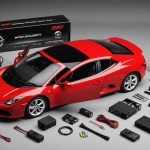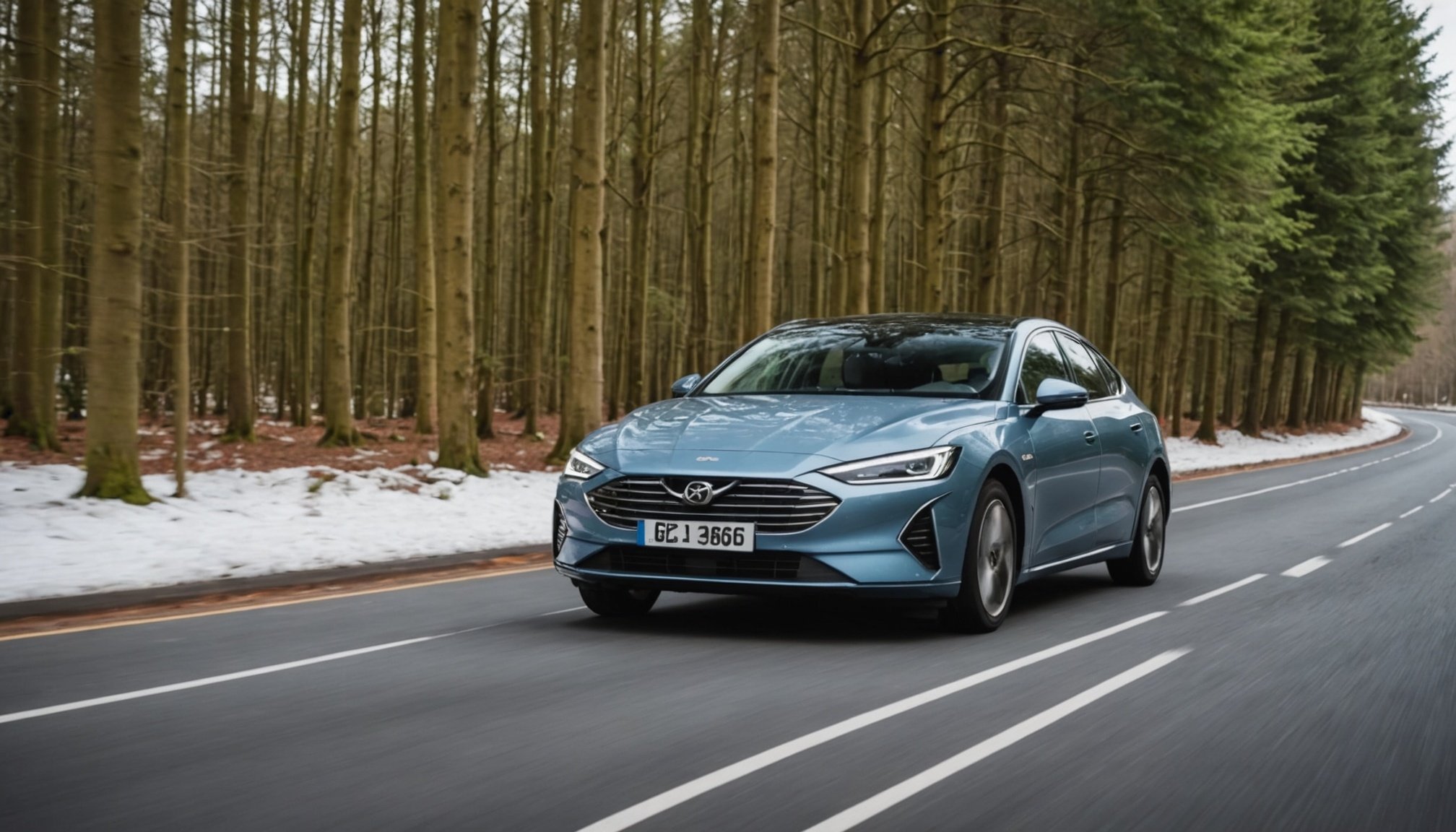Understanding Hybrid Vehicle Efficiency in Winter
Hybrid vehicle efficiency tends to decline during winter months, a period marked by cold weather impacts. The drop in temperature affects the vehicle’s battery and fuel consumption, leading to a noticeable decrease in performance. This decline contrasts with summer conditions, where hybrid vehicles typically operate at optimum efficiency. Key differences arise from increased energy usage to heat the cabin and power additional systems like defrosters.
When considering hybrid vehicle efficiency in the winter, it’s vital to understand that engines may take longer to reach optimal operating temperatures. Thus, fuel economy can suffer as the engine needs more power to maintain performance. Moreover, winter driving conditions, such as snow and ice, require more careful handling which can lead to increased fuel consumption due to lower speeds and frequent braking.
In parallel : Mastering electric vehicle safeguards: the essential guide to selecting the top extended warranty in the uk
Maintaining proper vehicle performance is essential to mitigate these winter-related inefficiencies. Ensuring that the vehicle is well-prepared and maintained can help optimize the fuel economy. Regular checks on battery health, tire condition, and engine tuning can significantly improve performance during the colder months. Paying attention to these details will ensure that your hybrid vehicle remains efficient, even as temperatures drop.
Essential Driving Tips for Winter
When it comes to winter driving, adapting your driving style is key to maintaining hybrid vehicle efficiency. One of the most beneficial practices is to smooth out your driving. Steady acceleration and gentle braking can help in conserving fuel and improving overall fuel economy. Adjust your winter driving tips to account for slippery surfaces by maintaining a safe distance, which will reduce the need for harsh braking.
Also to discover : Essential Steps to Register Your Custom Motorcycle in the UK: A Complete Guide
Using regenerative braking effectively is another smart strategy for hybrid driving enthusiasts. This system not only slows the vehicle down but also helps to recharge the battery, enhancing fuel efficiency. Understanding when and how to use this feature can significantly cut fuel use while driving in colder conditions.
To optimise driving efficiency further, keeping your tyres sled-ready can make a considerable difference. Winter-ready tyres offer better grip, contributing to safer handling and more efficient driving. Regularly checking tyre pressure and ensuring they are in good condition will prevent any unforeseen reduction in fuel efficiency. Practising these fuel efficiency practices can keep your hybrid running smoothly throughout winter, making the most of your vehicle’s capabilities during challenging conditions.
Maintenance Advice for Hybrid Cars in Winter
Proper maintenance of hybrid cars during winter months is crucial to ensure fuel economy and vehicle performance.
Battery Health and Performance
Cold temperatures can significantly impact battery performance in hybrid vehicles. Consider parking indoors when possible to shield the battery from extreme cold. If indoor parking isn’t available, a battery warmer can be an effective solution. Regularly check the battery’s state of charge and ensure the connections are clean and corrosion-free. This maintenance step will help in maintaining the best winter car care.
Tire Maintenance
Tires play a pivotal role in winter driving. Ensuring they have appropriate pressure and tread depth is vital. Cold weather can cause tire pressure to drop, which in turn impacts fuel efficiency and safety. It’s advisable to check the tire pressure frequently and adjust accordingly. Consider using winter tires designed for better grip on snow and ice, enhancing both efficiency and safety.
Regular Check-ups
Routine maintenance checks are indispensable for a hybrid’s efficiency. These checks should include engine tuning, battery health assessments, and tire inspections. By upholding these maintenance practices, hybrid car maintenance becomes seamless, ensuring performance is not compromised even in winter conditions. This proactive approach helps maximize battery performance and economize fuel use.
Optimal Temperature Settings for Comfort and Efficiency
Balancing cabin temperature settings during winter is crucial for maintaining both comfort and fuel conservation in hybrid vehicles. Setting the thermostat within the range of 18°C to 21°C strikes an ideal balance. Keeping temperatures moderate reduces the strain on the battery, helping to preserve its life and maintain vehicle range.
Heating systems can significantly impact battery life and overall efficiency. In hybrid cars, heating relies on both battery power and engine use, which can accelerate battery depletion. Therefore, utilising seat warmers instead of fully engaging the cabin heater can save energy.
Implementing a practice known as preconditioning can improve efficiency. By warming up the vehicle while still plugged in, drivers ensure maximum battery capacity remains available during the drive. This proactive step minimises the need for additional battery power for heating once the journey begins.
For those aiming to enhance efficiency while maintaining comfort, these strategies offer effective solutions. They underscore the importance of mindful winter heating practices in extending hybrid vehicle performance through thoughtful management of interior temperature settings. By adjusting approach, hybrid drivers can significantly conserve energy during colder months.
Tire Care for Hybrid Vehicles in Cold Weather
Ensuring tire care is prioritized plays a crucial role in maintaining fuel savings and safety for hybrid vehicles during cold weather. Winter tires are indispensable for better grip on slippery surfaces, reducing the risk of skidding and enabling more efficient driving. Their unique rubber compound and tread design help maintain traction even at lower temperatures, which standard tires may struggle to achieve.
Monitoring and adjusting tire pressure is essential, as cold weather can lead to reduced tire inflation. This drop can hinder fuel efficiency and compromise driving safety. Regular checks help maintain optimal pressure, ensuring that your hybrid achieves better energy conversion and stability on icy roads.
Seasonal tire swaps are equally important; swapping out summer or all-season tires for winter-specific ones enhances performance and safety. This adjustment is not just for grip but also for ensuring the integrity of the vehicle’s overall dynamics during the cold months. Properly maintained and seasonally adjusted tires can significantly impact your hybrid vehicle’s overall performance, supporting both fuel savings and a safer driving experience during challenging winter conditions.
Local Relevance: Driving Conditions in the UK
Navigating UK driving conditions during winter presents unique challenges for hybrid vehicle owners. The region is known for its unpredictable weather patterns, with frequent rain, fog, and occasional snow that can impact fuel efficiency. Statistics indicate that hybrid vehicles may experience a decline in efficiency during winter months due to added energy demands for heating and slower driving speeds necessitated by poor visibility and slippery roads.
Adapting to these winter challenges involves awareness of local weather forecasts and road conditions. Hybrid drivers benefit from understanding regional climate trends, which can be accessed through local weather services, ensuring preparedness for sudden weather changes that may affect hybrid vehicles.
In addition, local resources are available to assist hybrid vehicle owners in maintaining efficiency and safety. For example, many regions offer car clubs or community groups focused on winter driving tips and fuel conservation. These can provide advice on vehicle maintenance checks and driver training sessions tailored to winter driving conditions.
Staying informed about winter trends and connecting with community resources can help hybrid drivers mitigate the challenges posed by the UK’s winter climate, ultimately enhancing fuel economy and safety.











